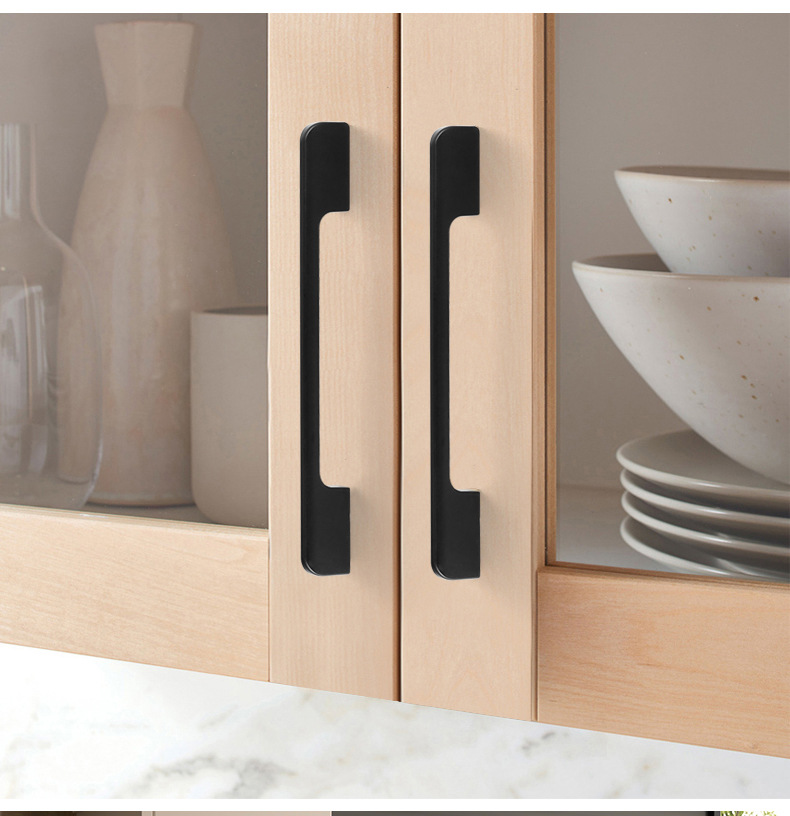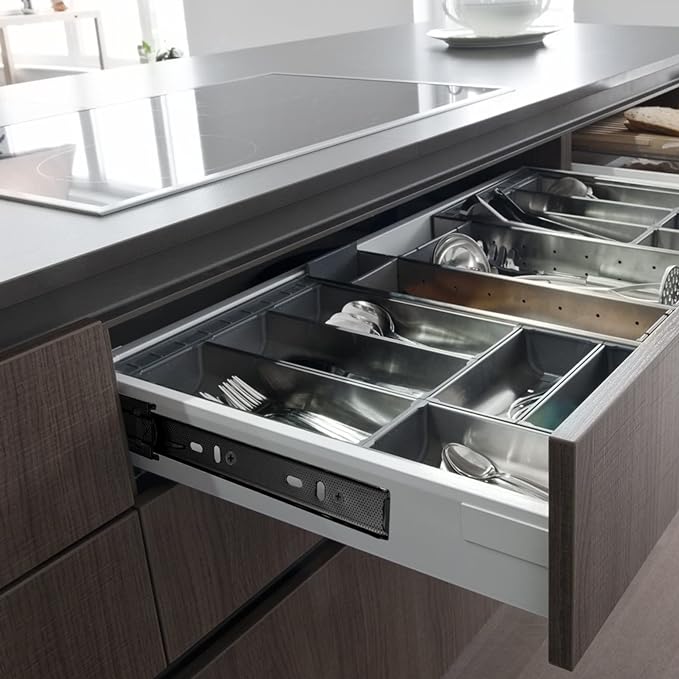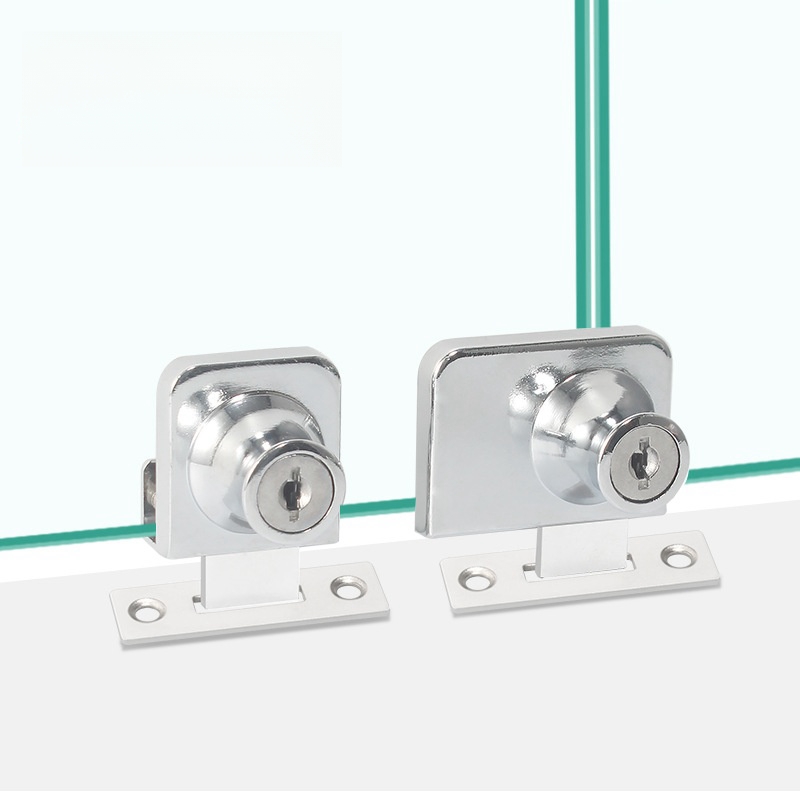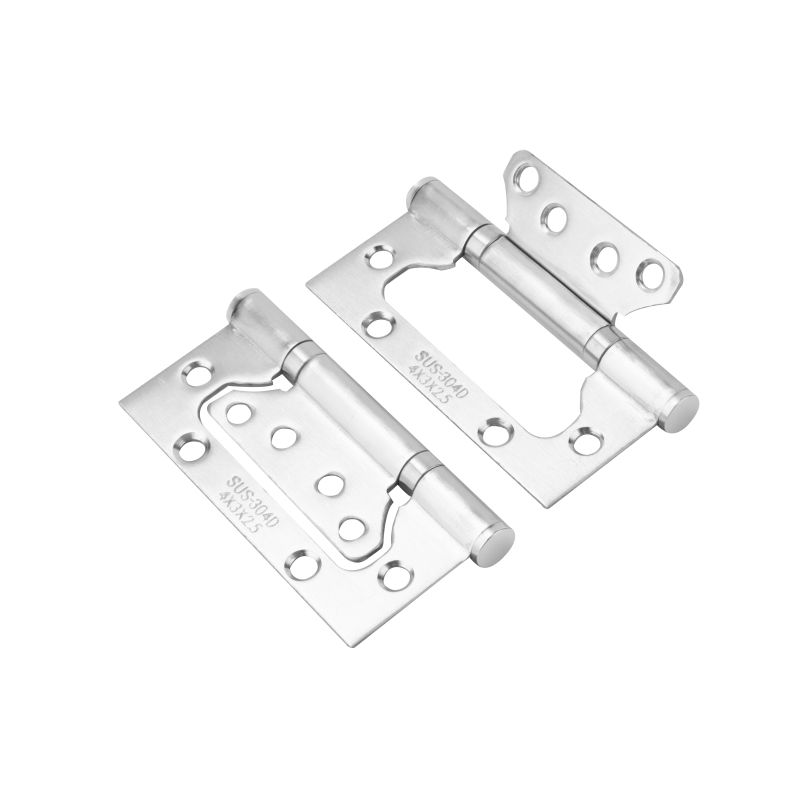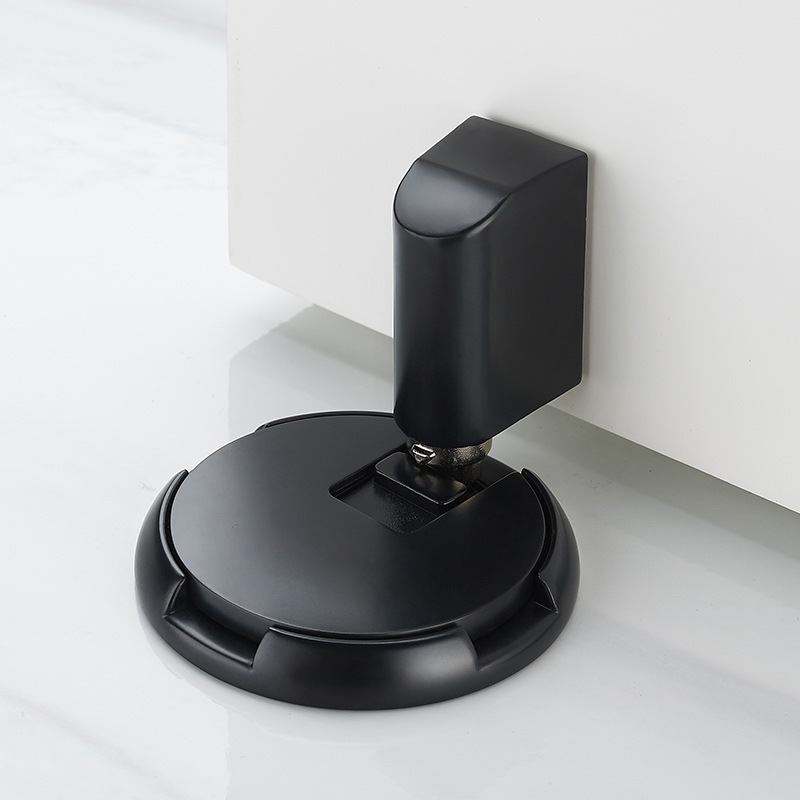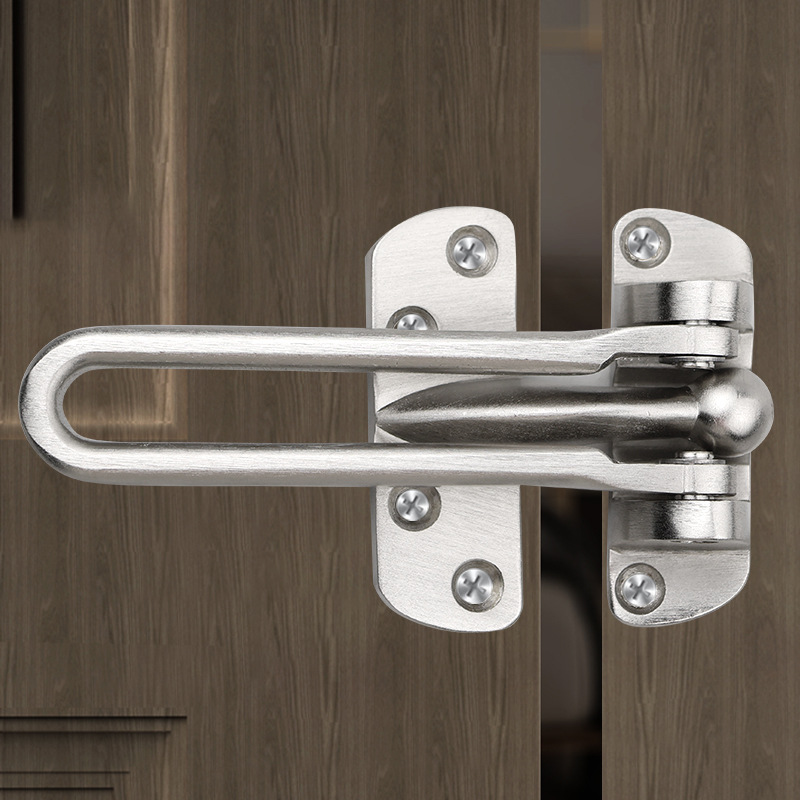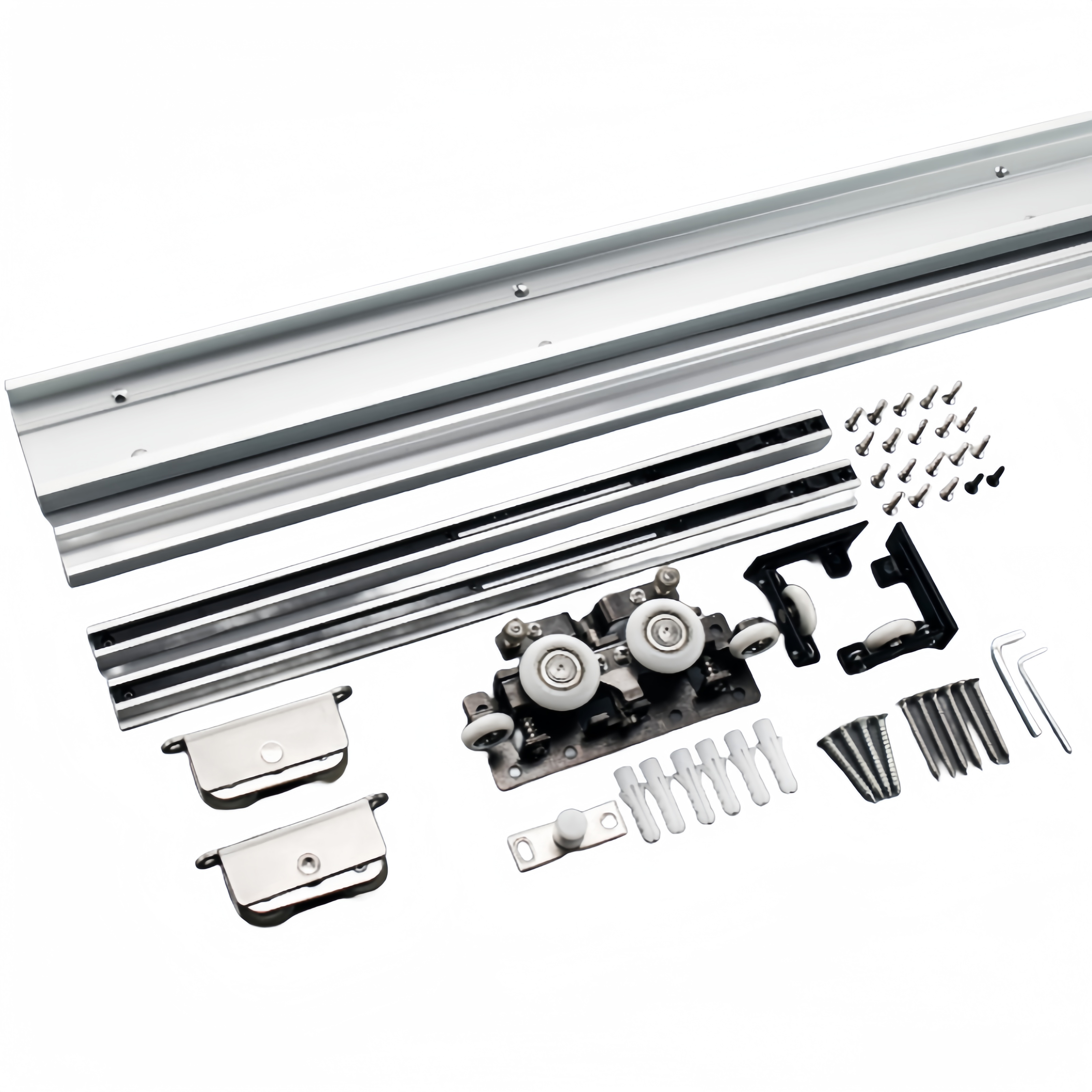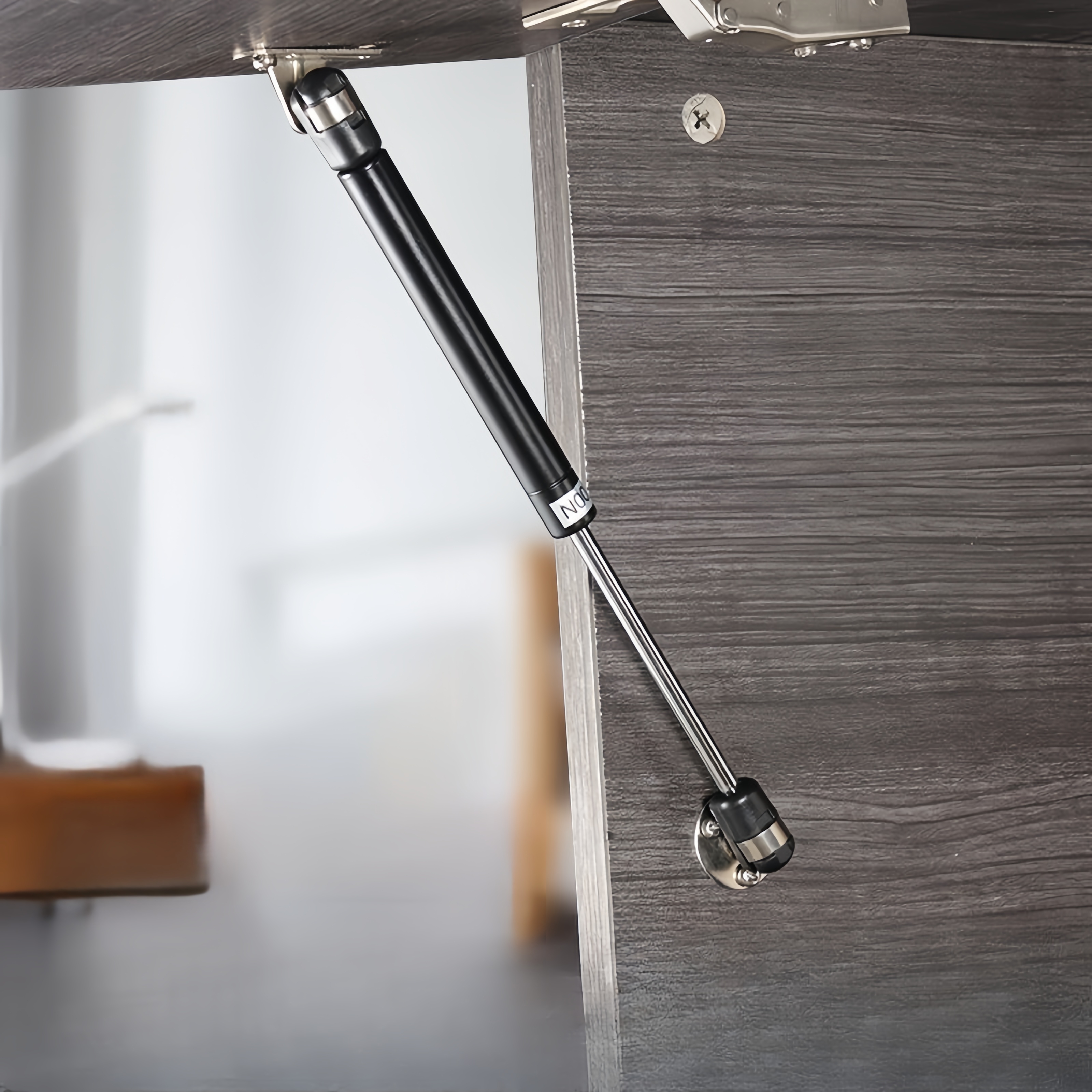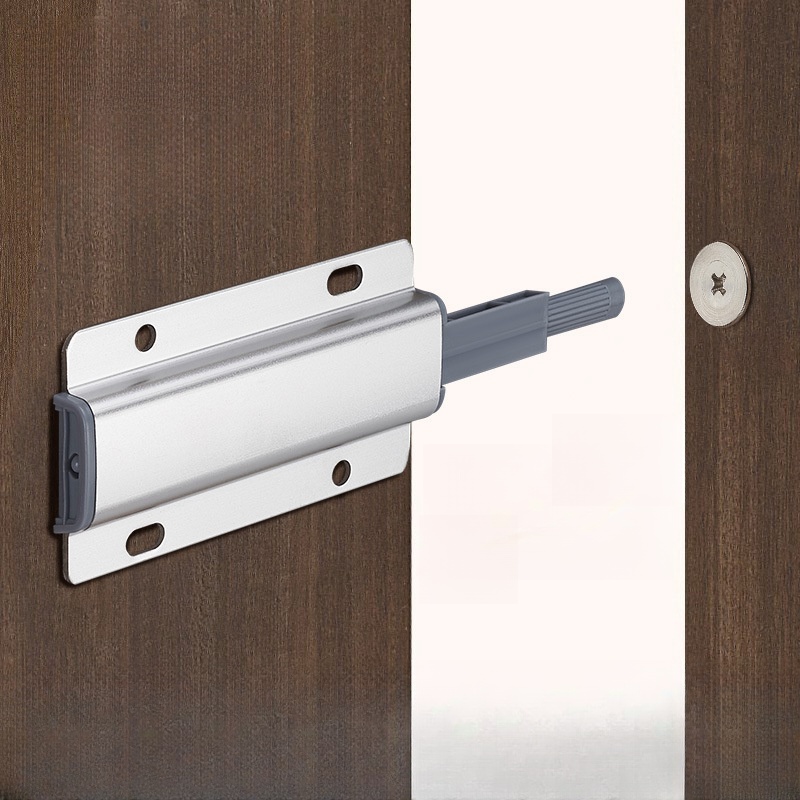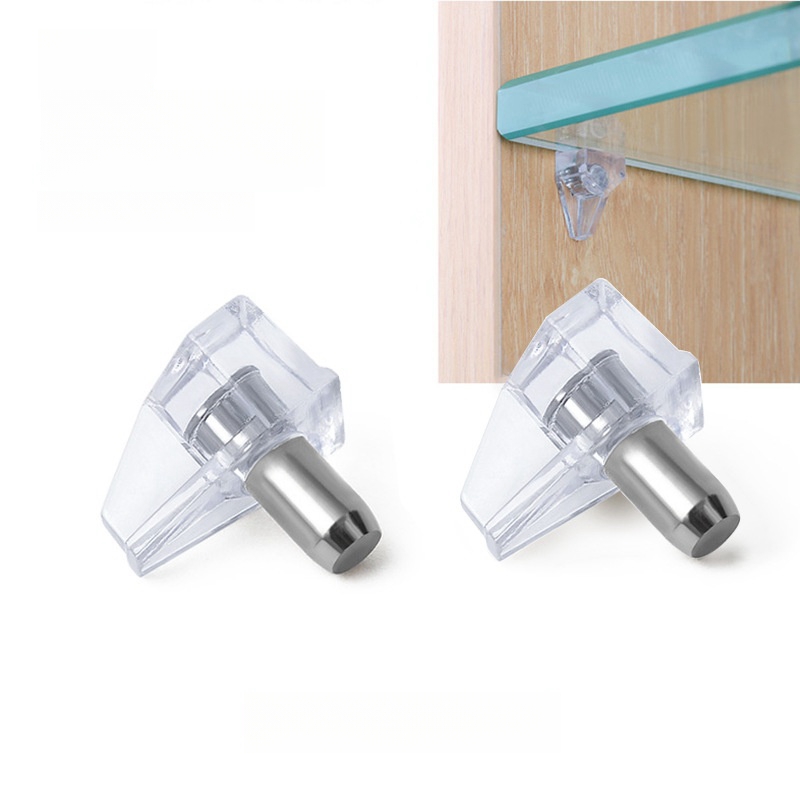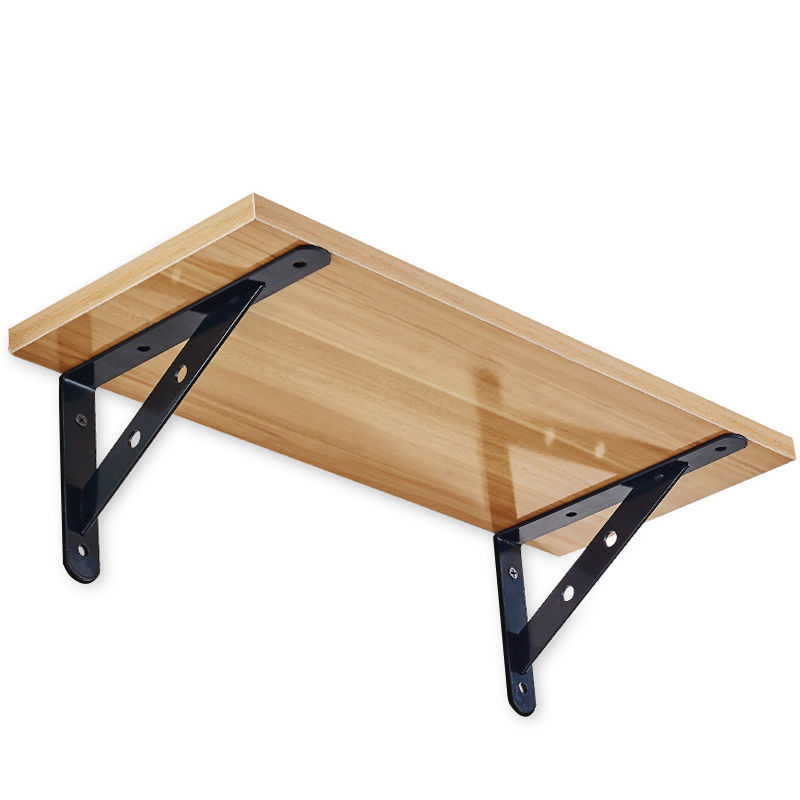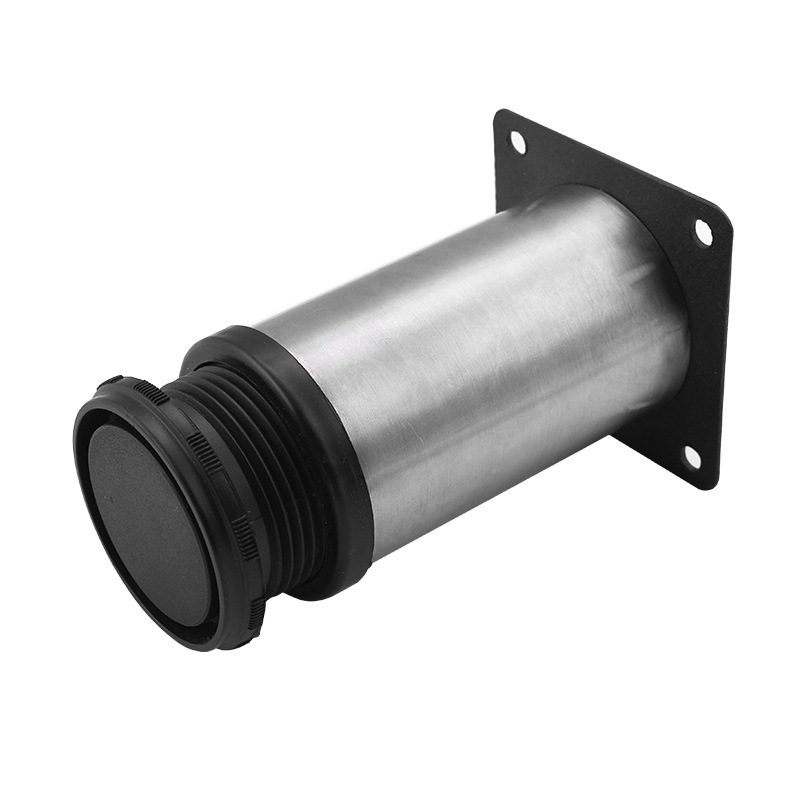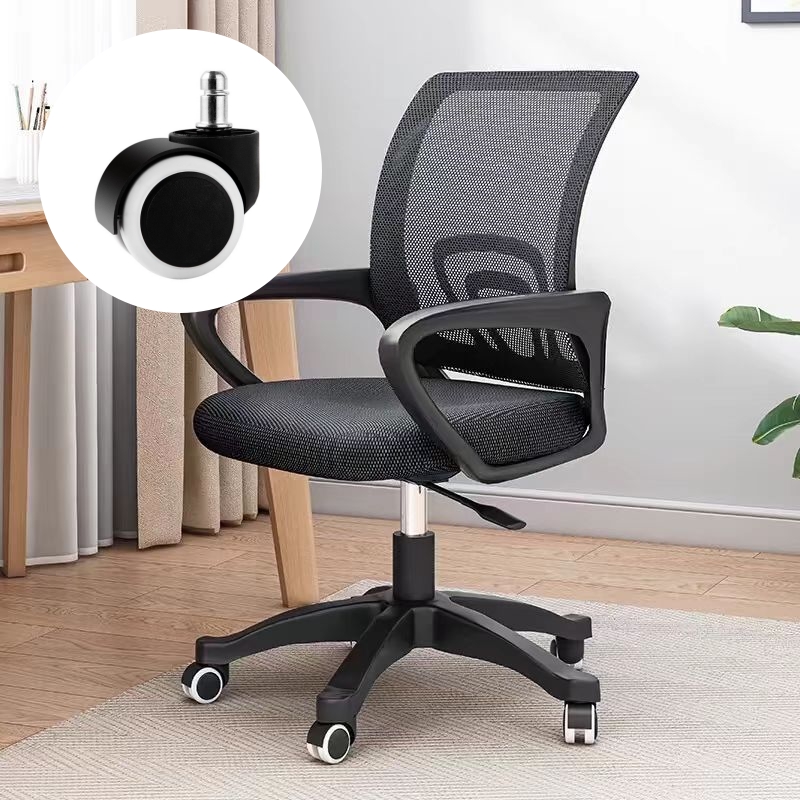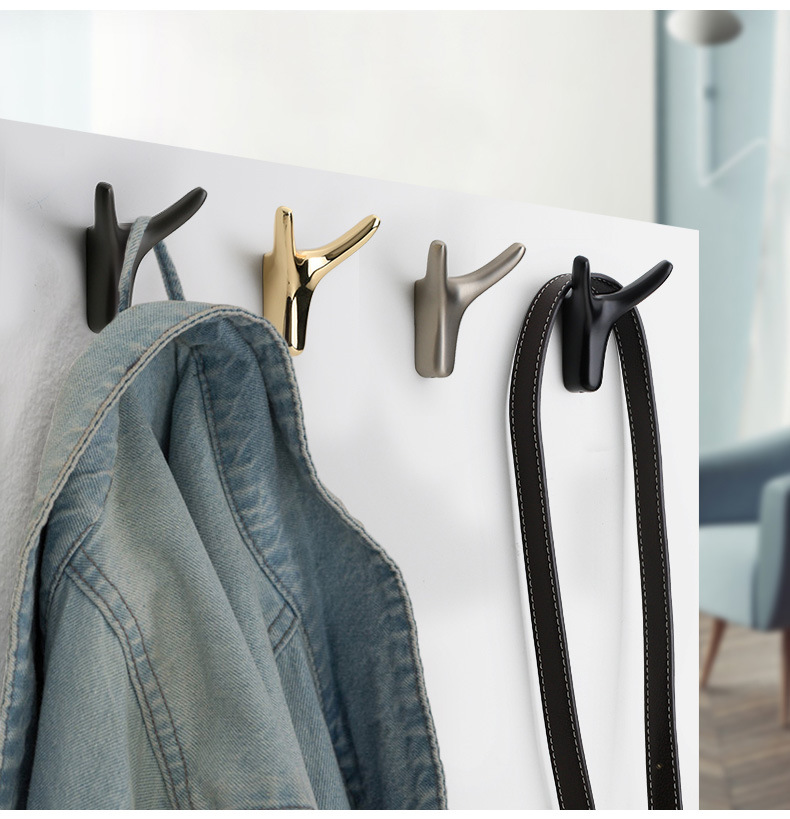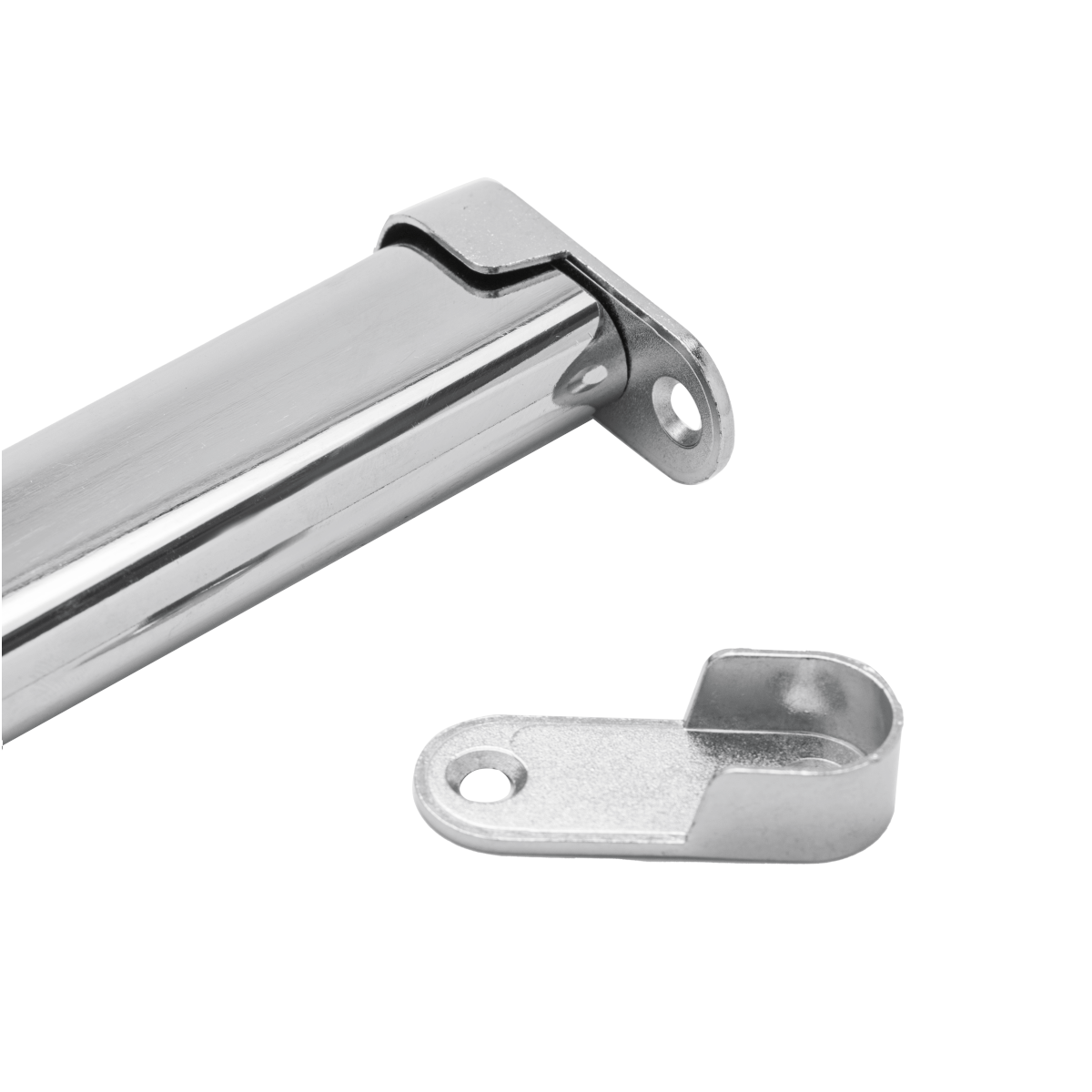
ABOUT
Guangzhou Toplink hardware Co., Ltd specialized in the production and export of furniture hardware fittings, with an experience of more than 14 years.
Our main products are drawer locks, cabinet hinges, sliding rails, cabinet handles, casters, cabinet legs and connecting fittings etc..
With a complete range of products, excellent performance and reasonable prices we have built up business with many customers all over the world.
We are committed to strict quality control and considerate customer service. We sincerely looking forward to becoming your best choice and the most reliable partner!
PRODUCTS
how to repair door knob latch
Assessing the Problem: Understanding the Latch Mechanism
Before diving into repairs, it’s crucial to accurately diagnose the issue. Carefully examine the door knob and latch mechanism. Is the problem with the knob itself, the latch bolt, or the strike plate (the metal plate mounted on the door frame)? A visual inspection can often reveal loose screws, broken parts, or misalignment. Try operating the knob several times, paying attention to any sounds or resistance. A grinding noise might indicate worn-out parts, while a lack of resistance suggests a disconnected component. Understanding the specific problem is the first step towards a successful repair.
Many door knobs utilize a simple, yet effective latching mechanism. The knob itself is connected to an internal mechanism that operates the latch bolt. Turning the knob pushes or retracts the latch bolt, allowing the door to open or close. The latch bolt engages with the strike plate on the door frame, securing the door in place. When any part of this system malfunctions – the knob, the internal mechanism, the bolt, or the strike plate – the door knob's functionality is impaired. Taking your time to thoroughly inspect each component is vital for pinpointing the root cause of the problem.
Tools and Materials: Gathering Your Arsenal
Before you begin, gather the necessary tools. You’ll likely need a screwdriver (both Phillips and flathead are often required), pliers, a hammer, and possibly a pencil for marking. Depending on the severity of the problem, you might also need a replacement latch bolt, strike plate, or even an entirely new door knob. It’s wise to have replacement parts on hand, as repairing an existing part might not always be feasible or practical.
If you're unsure about the type of screws or the specific parts needed, taking a picture of the door knob assembly before disassembling it can be incredibly helpful. This visual reference will guide you during reassembly. Also, consider taking the broken or worn part to a hardware store to ensure you get the correct replacement. Having the right tools and parts readily available will streamline the repair process and prevent unnecessary delays.
Repairing a Loose or Broken Latch Bolt
A common issue is a latch bolt that doesn't extend fully or retracts prematurely. This often stems from loose screws securing the latch mechanism to the door. Start by removing the door knob using the appropriate screwdriver. Then, carefully inspect the screws holding the latch mechanism in place. Tighten any loose screws, ensuring they're firmly secured. If the screws are stripped or broken, you might need to replace them with slightly larger screws (ensure the screw size is appropriate for your door's thickness to avoid damaging the door).
If the latch bolt itself is broken, replacement is usually necessary. Carefully remove the broken bolt and replace it with a new one that matches your door knob's specifications. Ensure the new latch bolt is securely installed and moves freely. Test the door knob to verify that the latch bolt extends and retracts smoothly.
Addressing a Loose or Damaged Strike Plate
The strike plate is often overlooked but plays a crucial role in the door's secure closure. A loose or damaged strike plate can prevent the latch bolt from engaging properly. Begin by checking the screws securing the strike plate to the door frame. Tighten any loose screws or replace them if they're damaged. If the strike plate itself is damaged or misaligned, it may need to be replaced entirely.
When replacing the strike plate, carefully align it with the latch bolt. Make sure the hole in the strike plate aligns perfectly with the latch bolt's path. Using a pencil, lightly mark the screw holes on the door frame to ensure accurate placement. Secure the new strike plate with the appropriate screws.
Troubleshooting a Non-Functional Knob
If the knob itself spins freely without engaging the latch, the problem might lie within the internal mechanism of the door knob. Disassemble the knob according to the manufacturer's instructions or using online tutorials specific to your door knob model. Look for broken or worn-out components such as springs, gears, or connecting rods. Replacing these parts often requires purchasing a repair kit or a new door knob.
Before replacing any parts, ensure all internal components are clean and free from debris. Lubricating the internal mechanism with a light lubricant (like graphite powder) can sometimes resolve minor sticking issues. Remember to reassemble the knob carefully, following the reverse order of disassembly. Test the knob repeatedly to ensure proper function.
When to Call a Professional
While many door knob latch repairs are manageable DIY projects, some situations warrant professional assistance. If you encounter significant structural damage to the door or frame, extensive internal damage to the door knob mechanism beyond simple repairs, or if you're uncomfortable working with tools or disassembling the door knob, it's best to call a qualified locksmith or handyman. Attempting complex repairs without the necessary expertise could exacerbate the problem or cause further damage.
Remember, safety is paramount. If you’re unsure about any step of the repair process, don't hesitate to seek professional guidance. A small investment in professional help can save you from potentially costly mistakes and ensure the long-term security and functionality of your door.
SUBSCRIBE
INQUIRY
